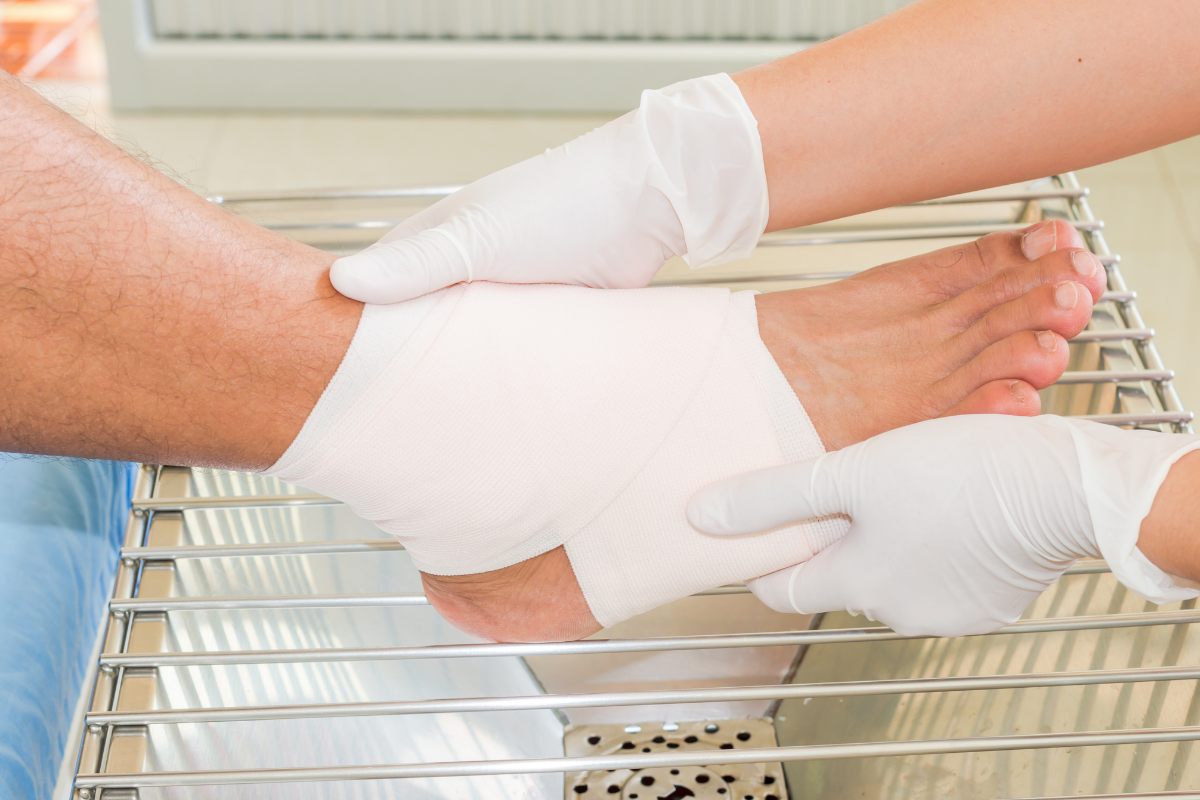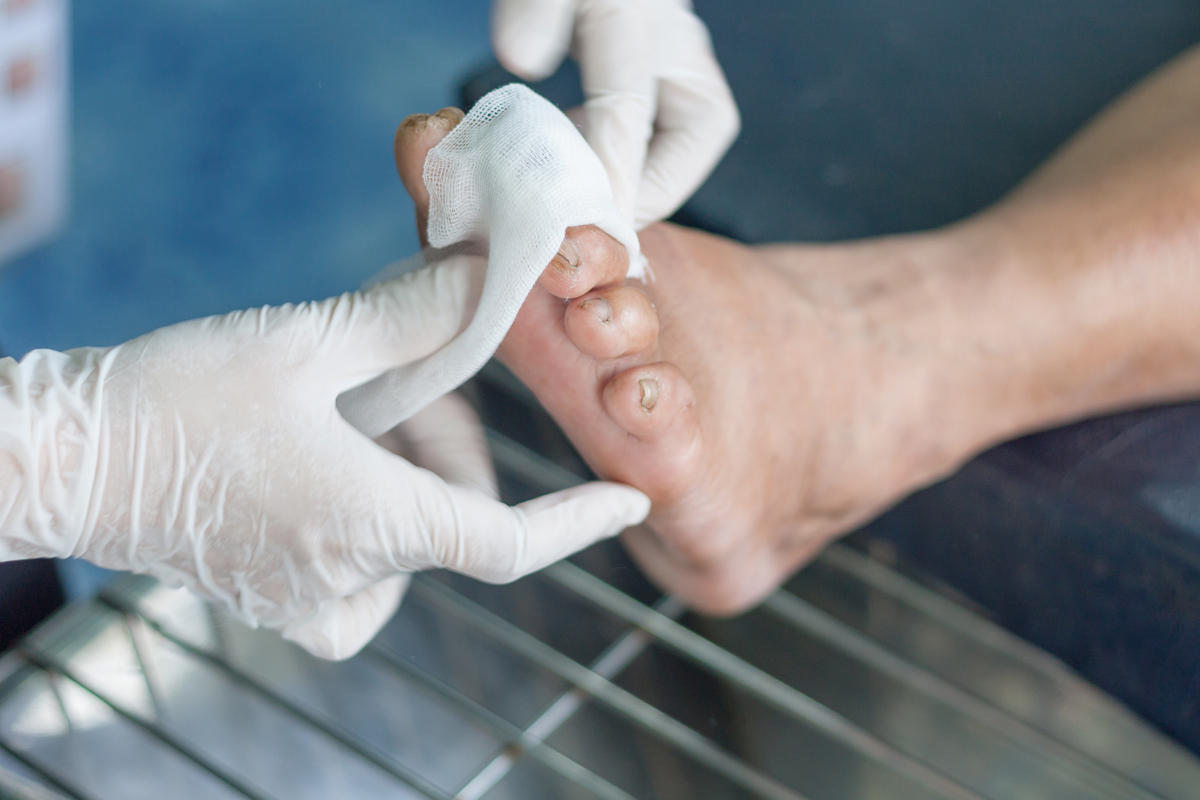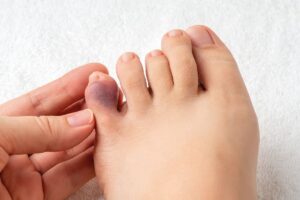Individuals who are living with diabetes are prone to suffering sores, infections, and other complications arising from the disease. This particular condition alone makes these patients at risk of getting not only foot ulcers and wounds but also puts them at higher chances of needing hospitalization, surgery, or worse amputation.
Because of this, learning how to properly care for your diabetic foot and condition is essential, particularly as the disease can be quite dangerous on your feet. Even the smallest cuts can turn into something major if not addressed correctly.
To avoid serious foot problems coming from diabetes, below are some ways how you could start taking of your feet better while dealing with your condition.
How Diabetes Affects Foot Health
Diabetes is a chronic health condition. It stems from the body being unable to produce or use insulin or when the body’s blood sugar level is too high. This can cause an array of health conditions such as heart disease, vision loss, and foot problems.
This particular health condition can cause nerve damage in the feet as well as restrict or reduce overall blood flow. This makes individuals suffering from diabetes have a harder time healing injuries or wounds, some may even lose feeling in their feet.
When this happens, you may not notice sharp objects, such as rocks inside your shoe or even blisters from forming in the first place. Others can also develop sores, wounds, or blisters that could worsen over time, especially when infection occurs.
Ways to Take Care of Diabetic Foot Wounds
- Consult a Foot Doctor
One of the best ways you can get good diabetes foot care is from an expert in the field and this should come from a foot doctor. If you suffer from this condition, there are professional foot doctors who can readily help you diagnose and treat your wounds and blister.
These professionals are well-versed in finding immediate treatments, particularly for wounds, sores, or blisters that aren’t healing properly or at all. They can prescribe medication and even apply ointment medication, even treating dreaded foot ulcers.

- Regularly Wash and Dress Your Wounds
After a check-up with your foot doctor, make sure to check your feet every single day. This way, you can see whether there are new cuts, redness, swelling, or wounds on your feet.
In line with this, don’t forget to keep your feet clean at all times by washing them well, and by extension, cleansing and dressing your wounds if you do have them. Dry these well and really get into the nooks and crannies. Use topical medication that your doctor has recommended before covering up your wound.
- Take Away Pressure on Your Foot
Another important tip you should consider is reducing pressure from your feet, particularly on your diabetic foot wound or ulcer. Doing so can help you recover and heal these wounds faster, lessening the risk of incurring infections.
The Takeaway
Consult a podiatrist, a foot doctor, in your area to help facilitate faster healing of your diabetic-related wounds on your feet. These specialists can give you the proper care and assessment that you need to help fight further complications and infections.





